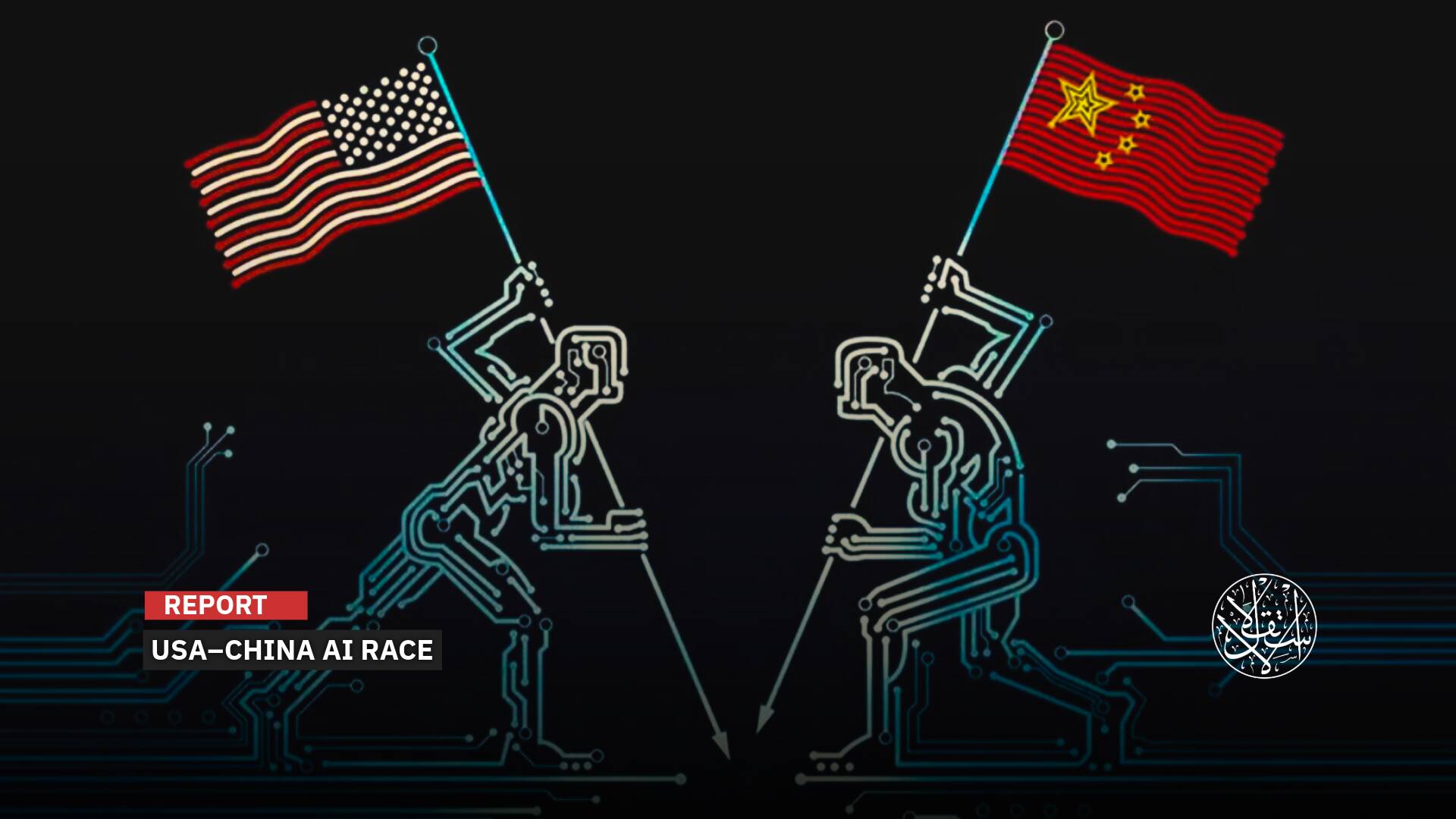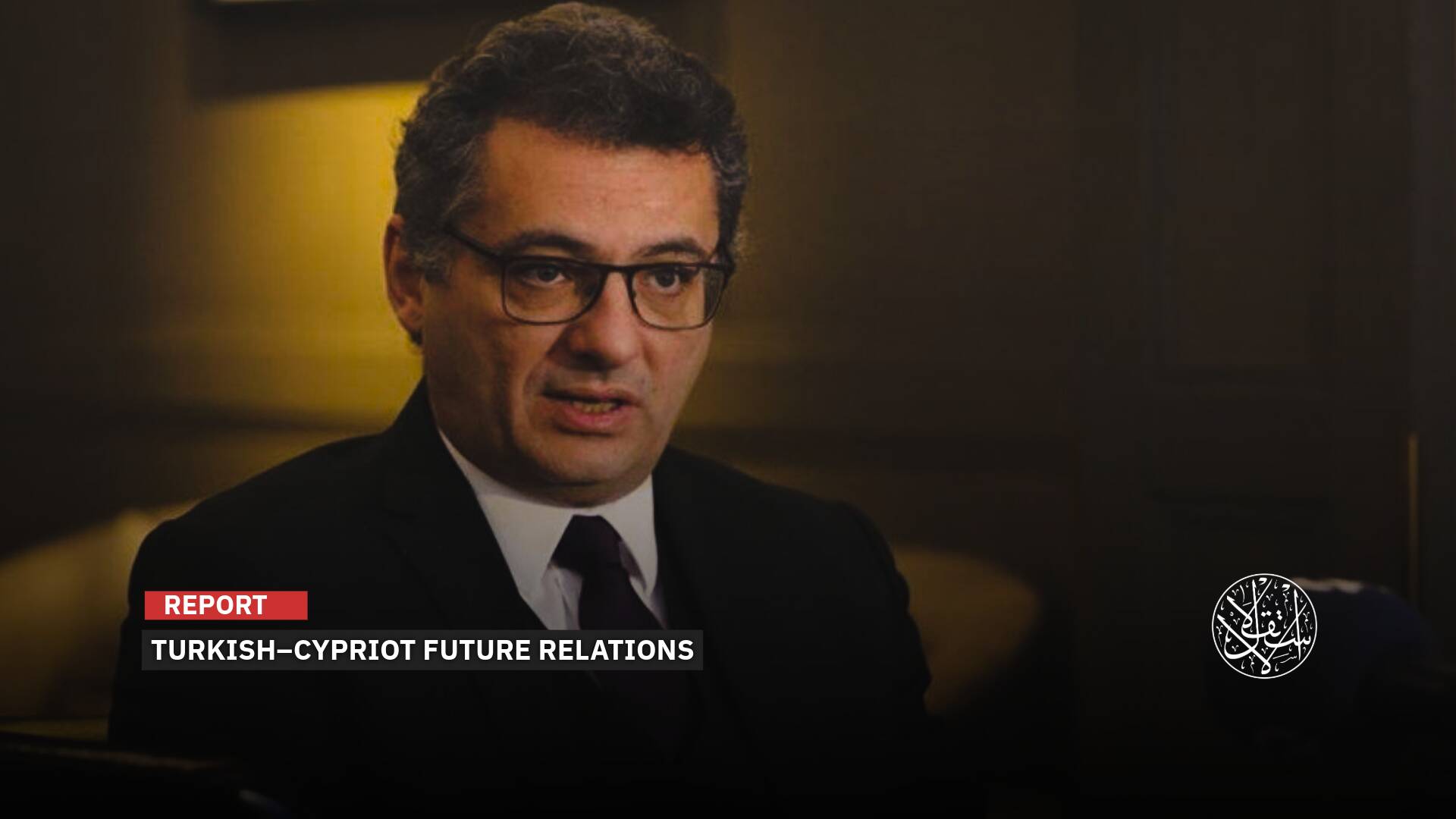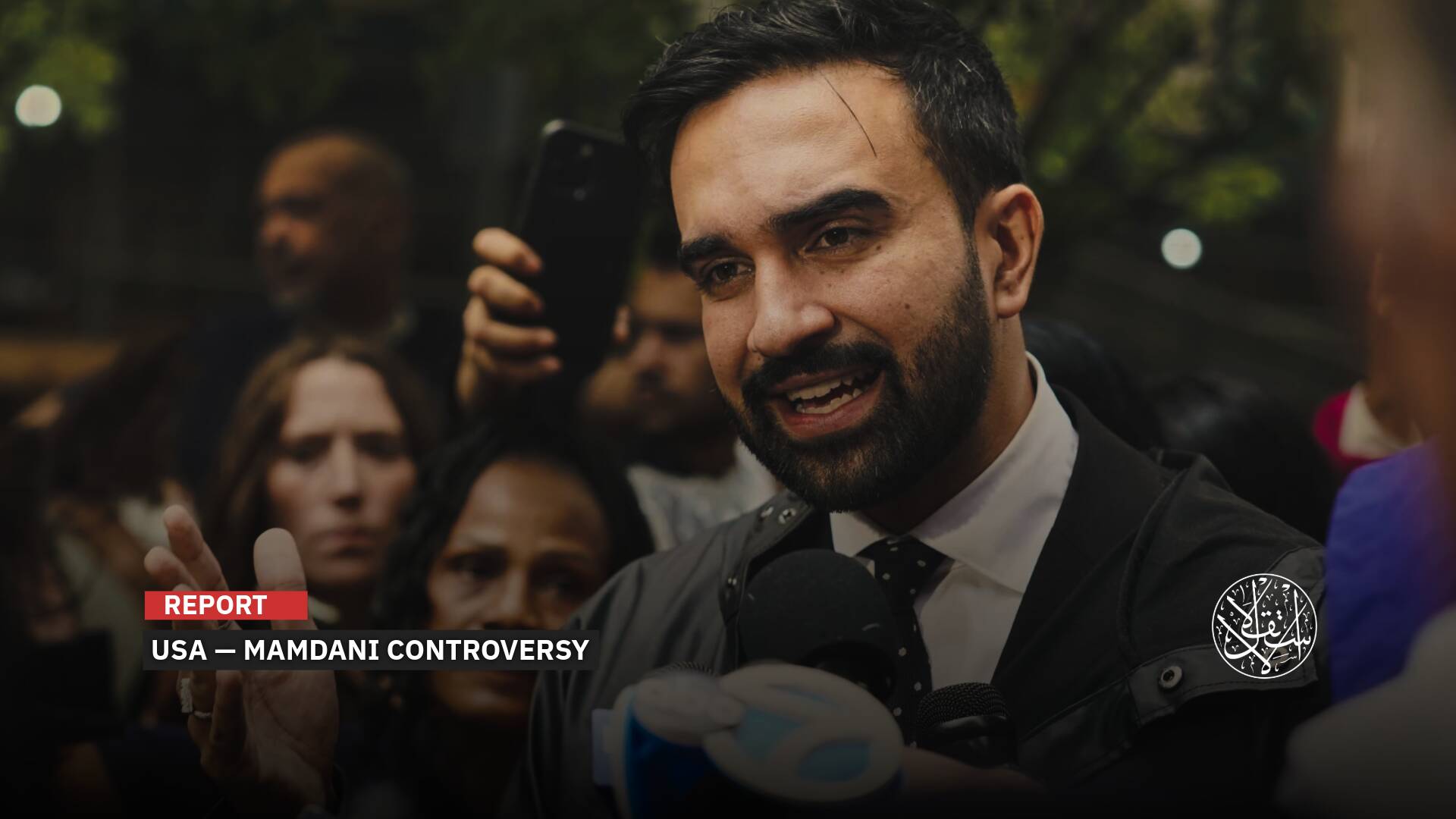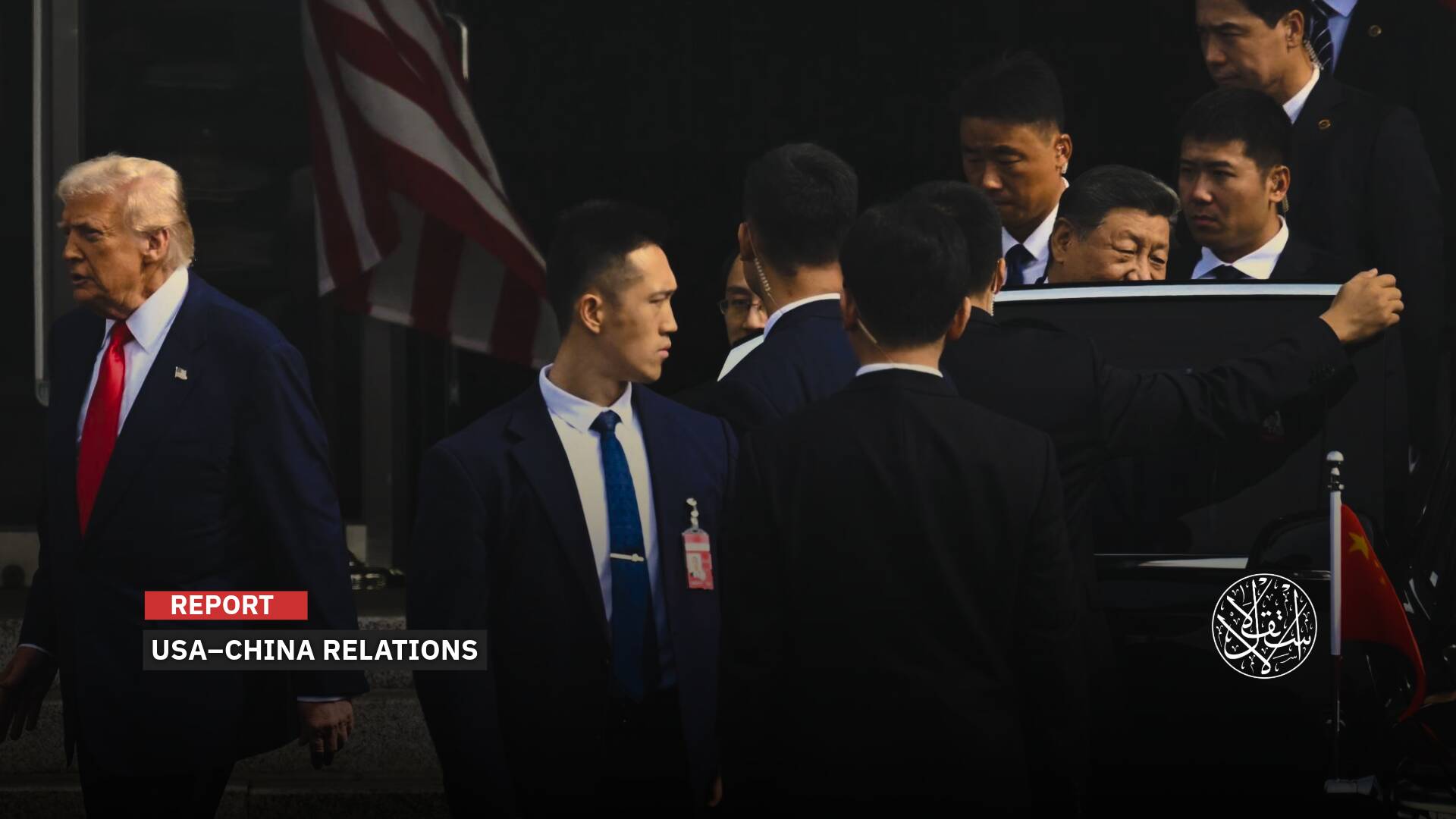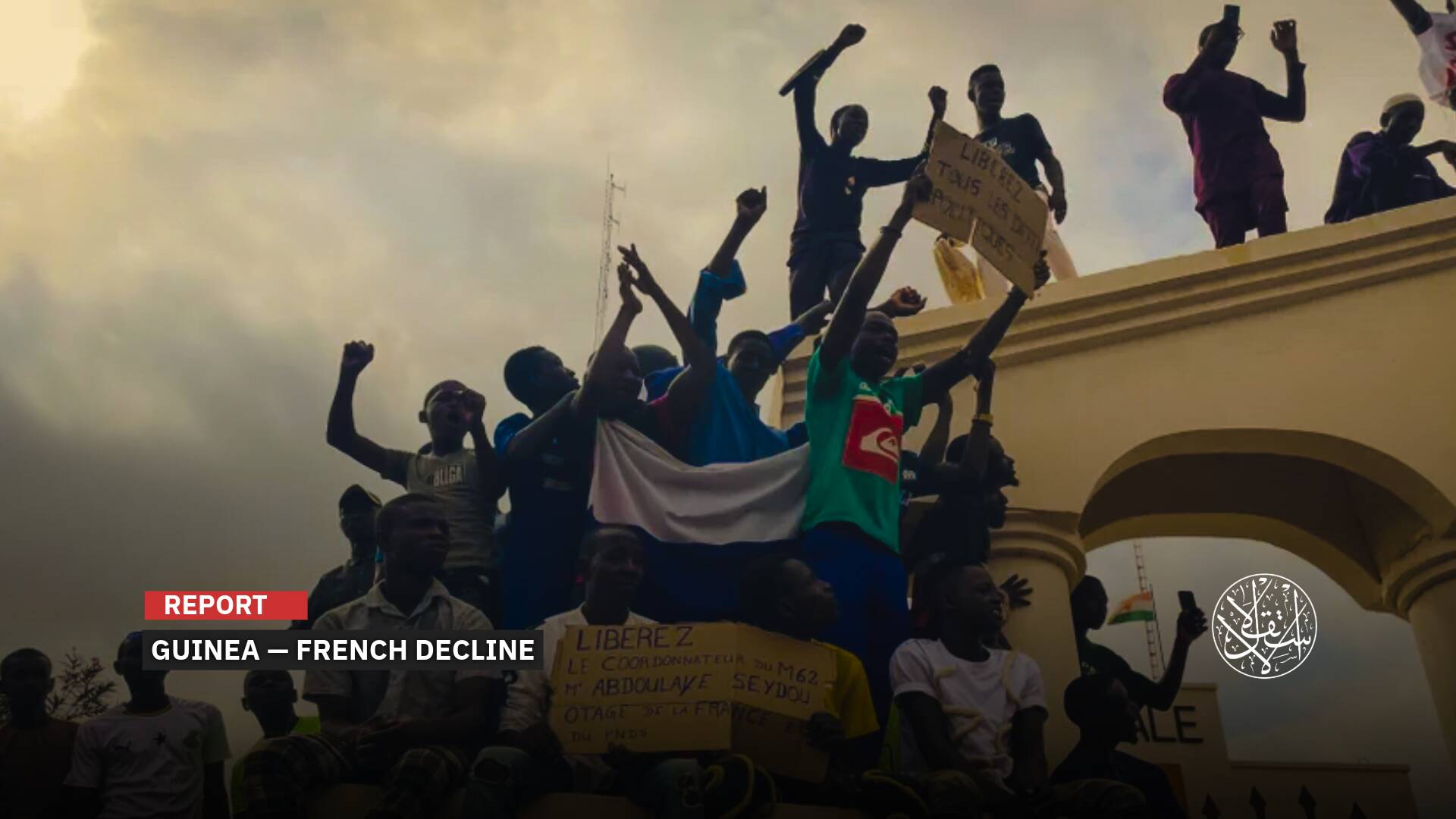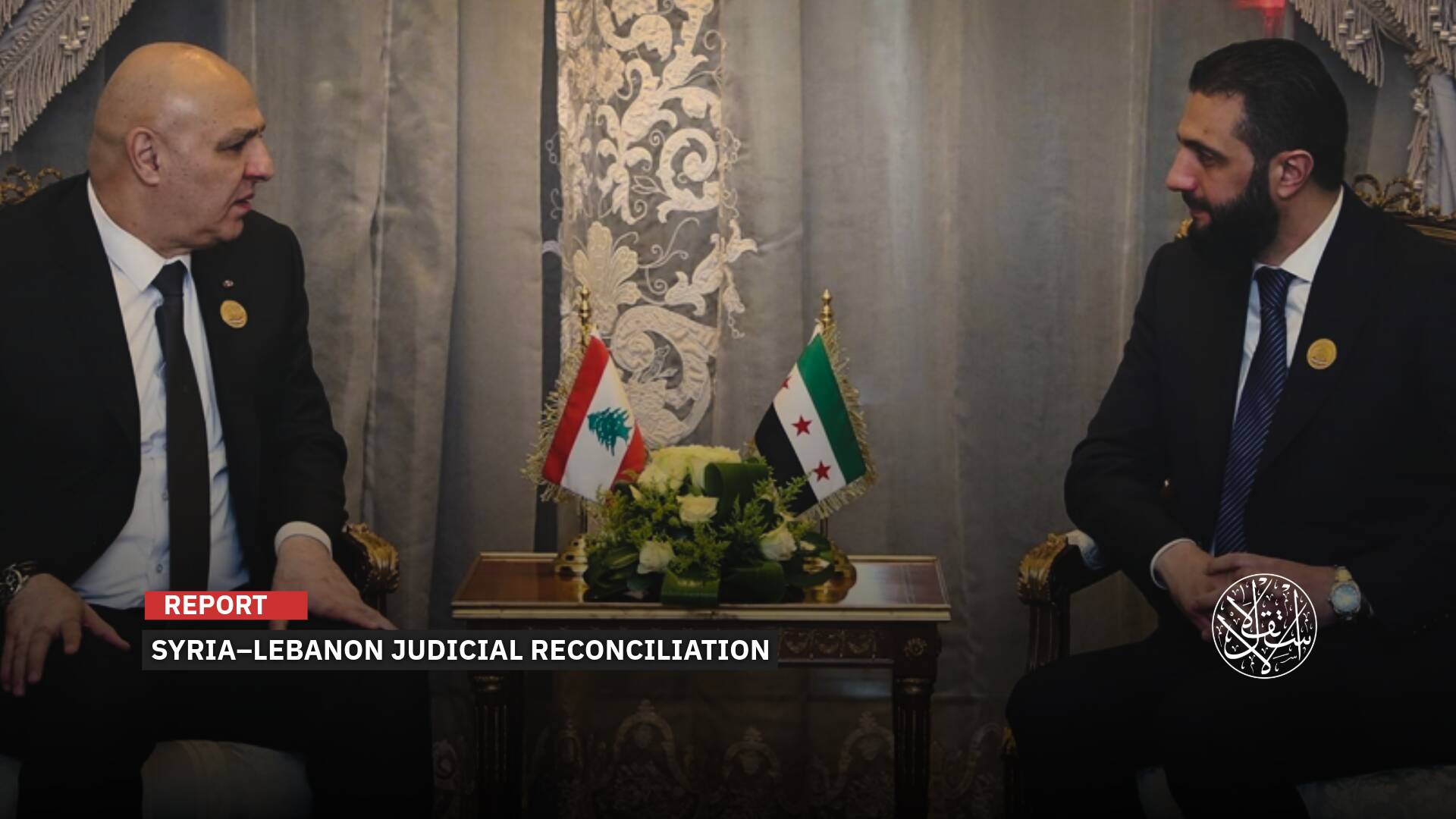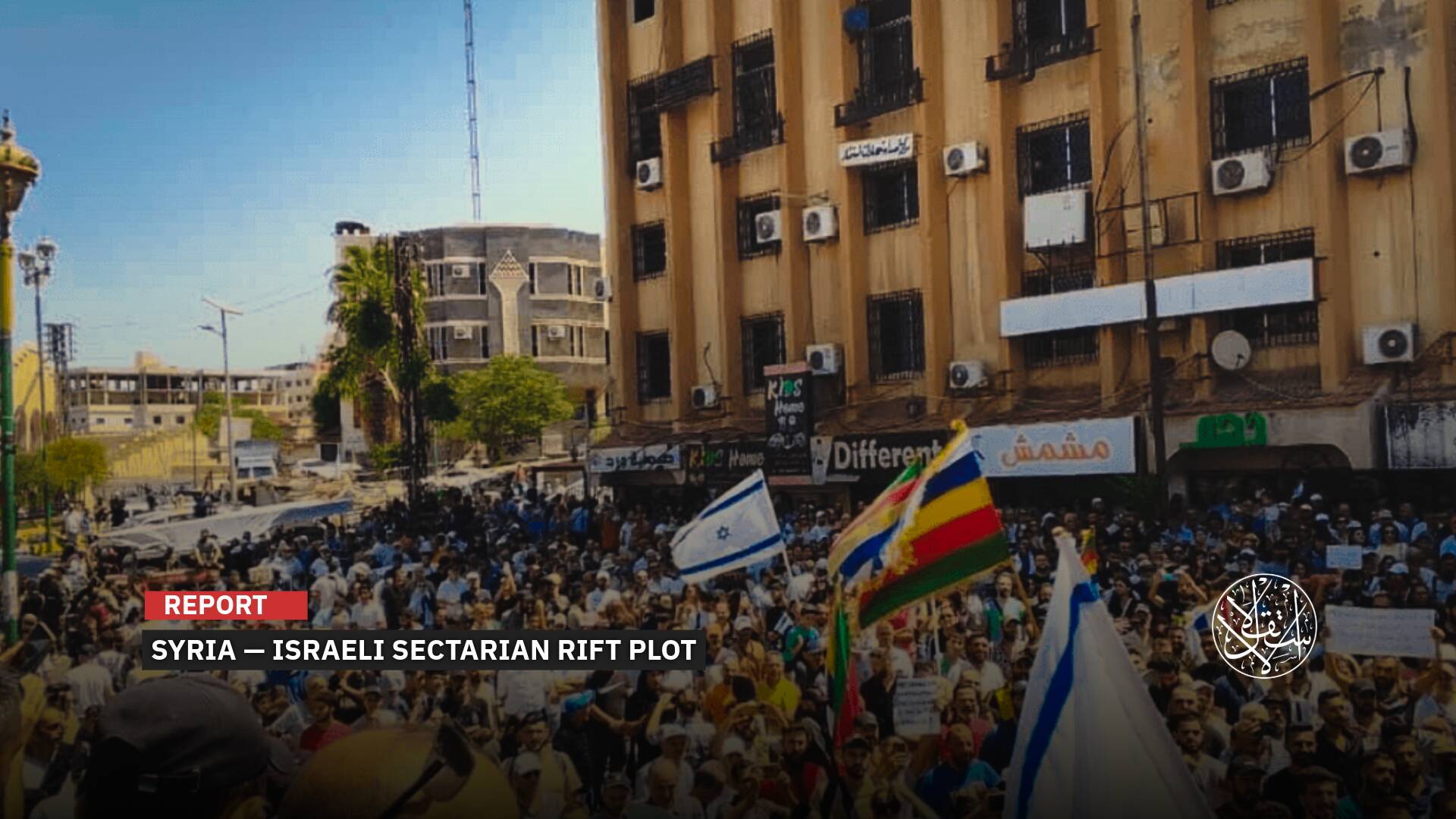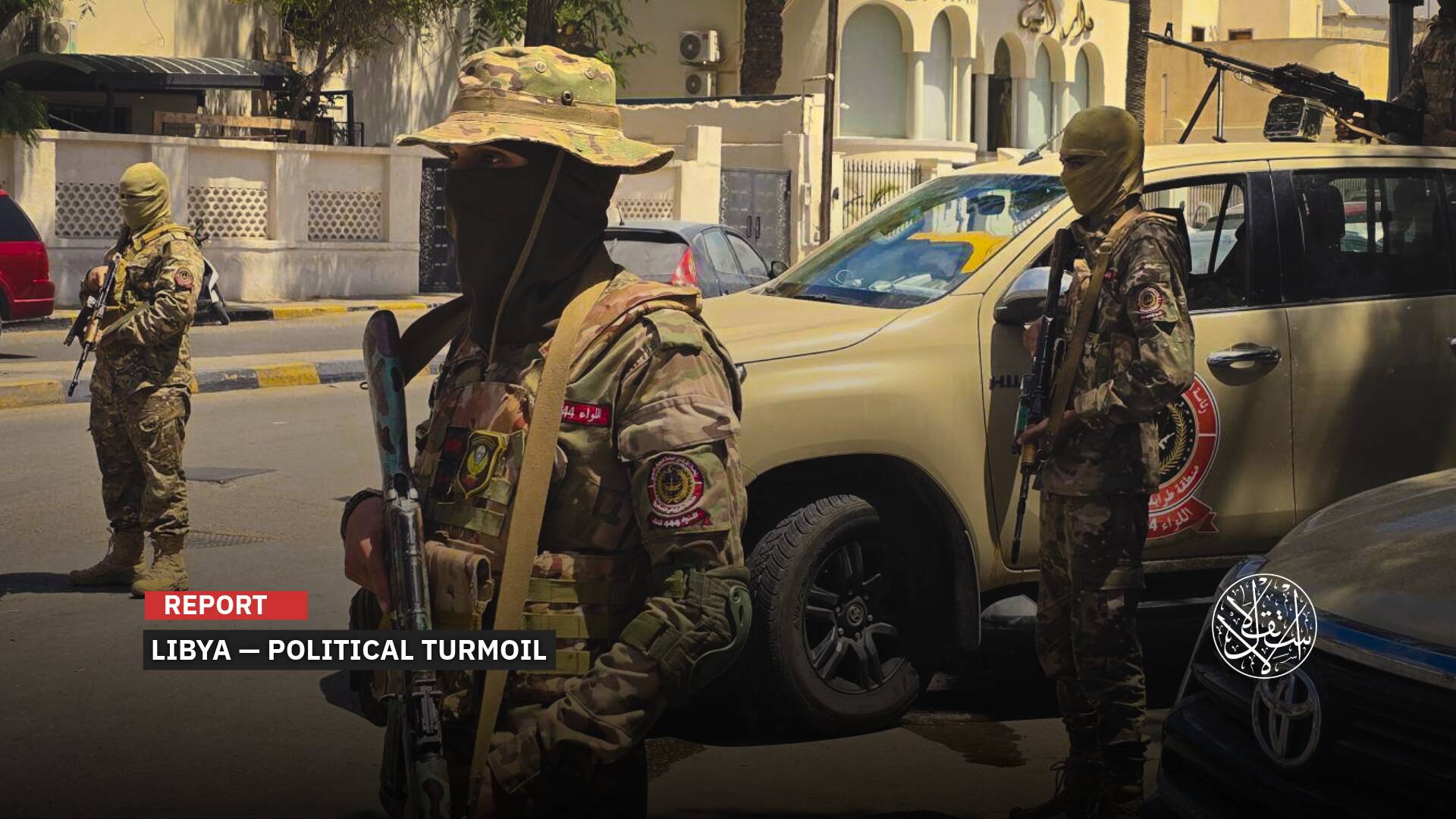Why Did Biden Support Iran’s Protests While Obama Had Previously Hesitated?

At least 41 people have been killed and hundreds arrested in Iran during eight nights of demonstrations protesting the death of young woman Mahsa Amini while in police custody, according to a new toll announced by state media.
Authorities deny any involvement in the death of the 22-year-old Amini and denounce protesters who have taken to the streets every evening since September 16 to express their anger, calling them "rioters" and "counterrevolutionaries."
The young Kurdish woman died after three days in a coma after being arrested in the Iranian capital for her "indecent dress."
State television reported that the death toll had risen to 41 and also broadcast footage showing "rioters" on the streets of northern and western Tehran as well as "some provinces," saying they had set fire to public and private property.
But the number could be even higher, with the Oslo-based opposition NGO Iran Human Rights reporting that at least fifty people were killed during the crackdown on demonstrations.
The NGO NetBlocks, which monitors network security and internet freedom, reported that Skype is now restricted in Iran as part of the crackdown on communications that targeted the latest platforms such as Instagram, WhatsApp, and LinkedIn.
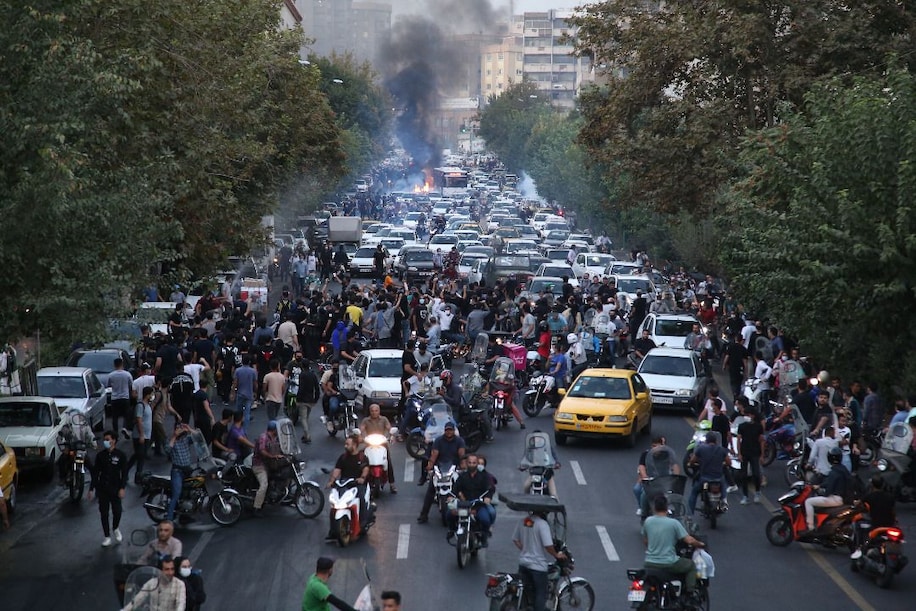
Exceptional Protests
The US website National Interest published an article by the editor Blaise Malley, in which he says that the current protests in Iran are different from all previous ones and that they come at a pivotal time for the regime.
Malley explains that the response from the population to participate in the protests was swift and widespread, and the participation of women in them was large, with many of them cutting their hair or removing the compulsory hijab and, in some cases, setting fire to the hijab and hair.
The demonstrators immediately demanded the fall of the regime and the end of the "Islamic Republic," and the authorities faced these protests with severe repression that led to deaths and restricted the ability of Iranians to use the Internet.
The protests in Iran are not new, as are the authorities' reactions to them, but there is a belief among observers that this round may be more important than any of its predecessors.
Mohammad Ali Kadivar, assistant professor of sociology and international studies at Boston College, was quoted as saying that these protests were inspired by the courage of previous protests, but they go beyond them in 4 aspects: that women are leading the way, that prominent Iranians across the country have begun to speak out, that many Iranians who do not usually participate in protests have stood in solidarity with women and university students, and that these protests have transcended ethnic divisions.
Adding to the decades-long accumulated anger of Iranians to block reforms, narrow the political spectrum, and further curtail freedoms, as corruption, repression, and mismanagement persist, Iranian President Ebrahim Raisi came in August last year, amid the exclusion of all his potential reformist opponents and the historic decline in voter turnout.
The presidential election was part of more systematic marginalization of "moderate" elements of Iranian politics.
Biden's Support
The United States has announced that it will ease restrictions on the Internet in Iran in response to the crackdown on protests that erupted over the death of Mahsa Amini while in police custody.
US Secretary of State Antony Blinken said that they will work to ensure that "the Iranian people are not kept isolated and in the dark" and that they would allow US tech companies to expand their business in Iran.
The US imposed sanctions on the morality police and seven senior Iranian security officials on Thursday, holding them "responsible" for Amini's death and noting "abuse and brutality against Iranian women and the violation of rights of peaceful Iranian protestors."
The Treasury Department eased American sanctions on Friday to allow IT firms to bypass the Iranian government's Internet censorship and surveillance.
According to Deputy Secretary of the Treasury Wally Adeyemo, "with these improvements, we are assisting the Iranian people to better equip themselves to oppose the government's efforts to surveil and censor them." Like this, more actions are anticipated.
Top officials, including Secretary of State Antony Blinken, Treasury Secretary Janet L. Yellen, and Biden National Security Advisor Jake Sullivan, have denounced the crackdown and offered solidarity for the protesters.
Mahsa Amini should be alive today. Instead, the United States and the Iranian people mourn her. We call on the Iranian government to end its systemic persecution of women and to allow peaceful protest. #مهسا_امینی
— Secretary Antony Blinken (@SecBlinken) September 20, 2022
According to Olivier Knox of The Washington Post, the Biden response has outperformed how the administration handled the so-called Iranian Green Movement 13 years ago, expressing unwavering support for the protestors, denouncing the government's conduct, and applying penalties.
"Quite simply it's good politics and policy," Aaron David Miller, who advised the administration of both parties on the Middle East for decades, told The Daily 202. "Given the hammering, the Administration took politically for not responding aggressively enough to the 2009 protests, it didn't want to be put in that position again."
Then, there was the election of June 13 that, according to the authorities, had put President Mahmoud Ahmadinejad back in office. Supporters of his competitors flocked to the streets amid plausible accusations of fraud. The protests were countered by his supporters, and the authorities repressed the anti-Ahmadinejad demonstrators.
Obama did not remain silent, but it was not until June 23—and following numerous requests for him to be more forceful in his language—that he said he was "appalled and outraged by the threats, the beatings, and the imprisonments," which he directly and unmistakably tied to Iranian officials.
Obama had often worried about the possibility that American support may be ineffective, leaving Tehran space to attribute protests sparked by rage over social restrictions and a poor economy to an outside force that, after all, had once assisted in the fall of an Iranian government.
"It is up to Iranians to make decisions about who Iran's leaders will be," he said in his first statement on June 15, adding that he wanted "to avoid the United States being the issue inside of Iran."


